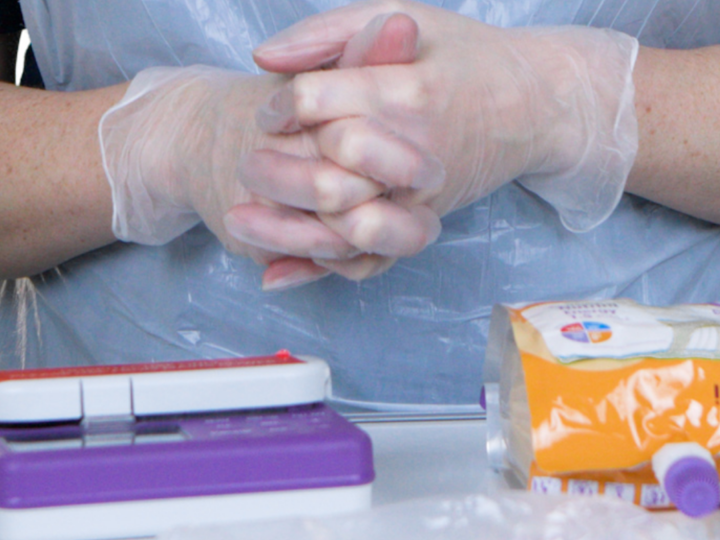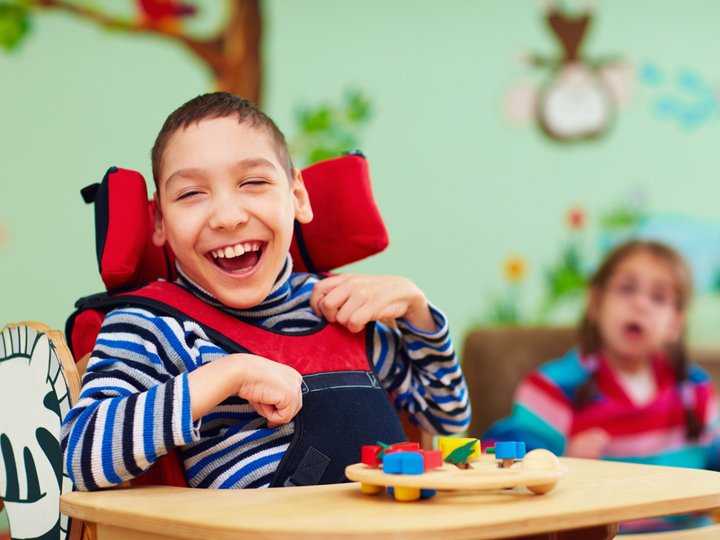Naso-gastric tube care and feeding

This page has a series of online learning sessions that have been specifically created to support families and professionals learn about naso-gastric tube care and feeding. Please take your time to watch through each session.
Explore the topics in this session:
Objectives of the session
- To be able to deliver the same standards of high quality care to all children and young people.
- To be able to provide care safely, to a high standard and to understand the relevance of the training.
- To feel confident and competent providing the care you deliver.
Naso-gastric tube care and feeding
A naso-gastric tube is a flexible tube that is passed through the nose, down through the oesophagus, and into the stomach. The tube can be used to either remove or add substances to the stomach. They are generally used on a temporary basis and not long-term.
Checking the position of a naso-gastric tube
The naso-gastric tube can become dislodged easily so it's important to check the position:
- on initial insertion
- before administering each feed, water, flush or medication
- after episodes of vomiting, retching or coughing
- if there is evidence of possible tube displacement
The measurement of the tube at the nostril is a good way of knowing whether the tube has moved externally. Check and document this measurement each time the tube is accessed.
Gastric aspirate is then obtained and a Ph measurement is taken. The Ph needs to be between 1 and 5.5 meaning the aspirate is acidic and has come from the stomach.
Health and safety of tube feeding
Health and safety protocols must be considered including:
- hand washing
- clean no touch technique
- safe storage and use of equipment/feed
- individualised care plan
Checks prior to feed
Feed checks include:
- correct feed for child
- correct amount
- intact container
- in date
- correct time of feed
- right temperature
- amount of flush
Child and young person checks include:
- sitting or lying at lease 30 degrees. It is better to be sitting with hips together and upright as this aids digestion and reduces the risk of reflux
Last reviewed: 1 November, 2023

